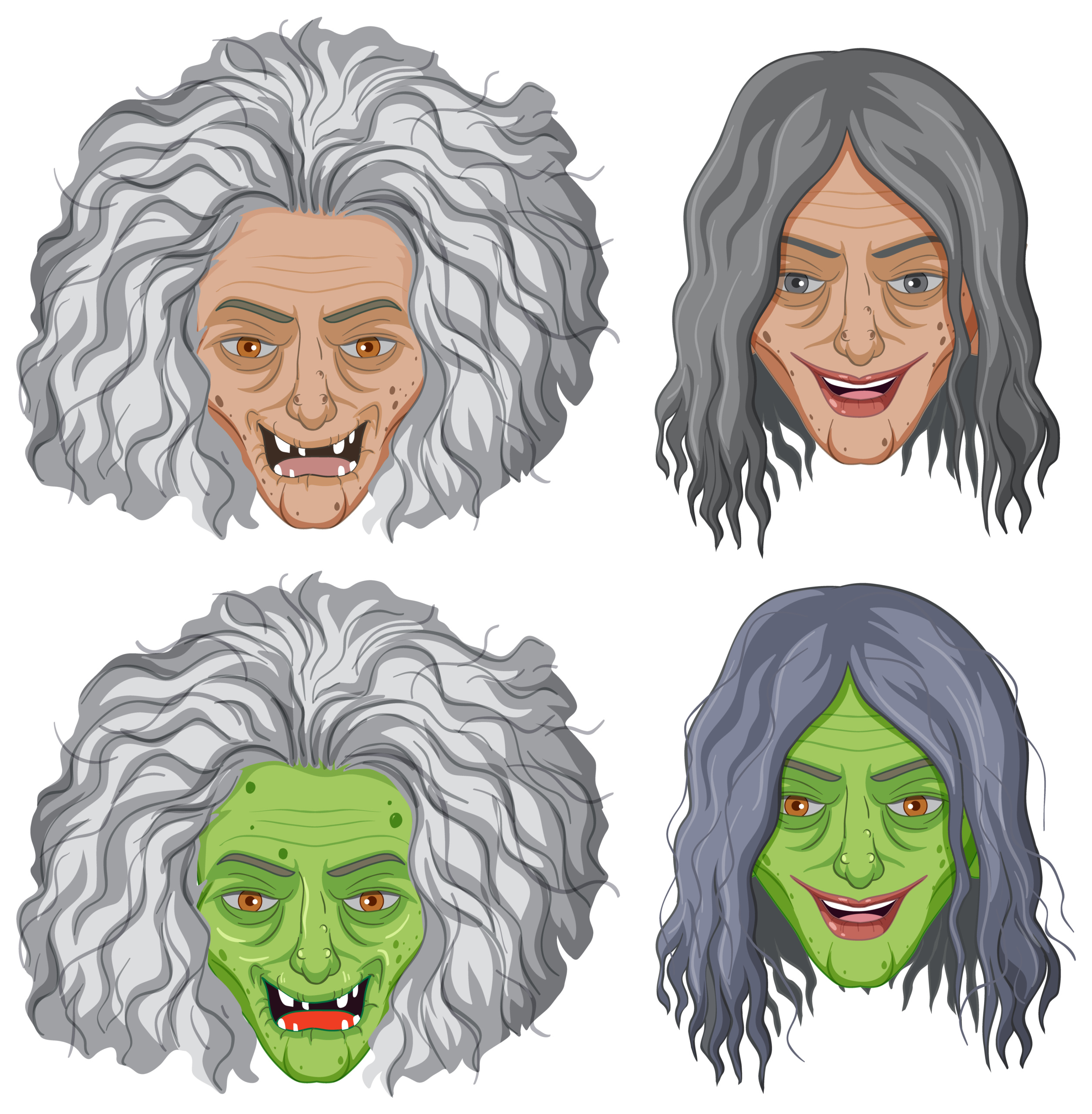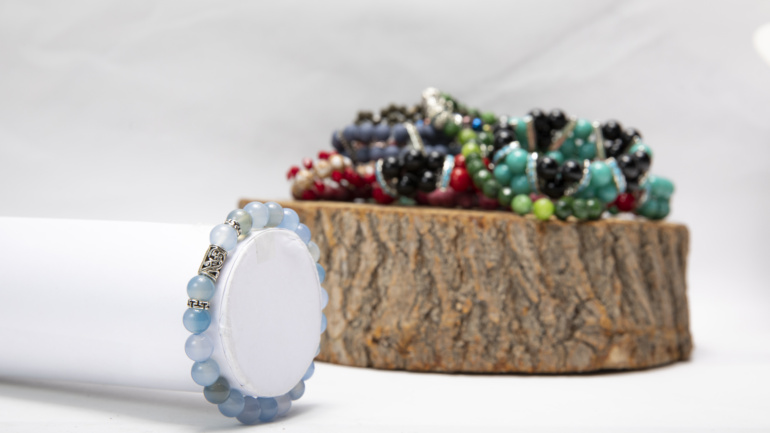Title: Ted Bundy in Color: How a Monster’s Eyes and Hair Became a Part of His Legacy
Ted Bundy. The name alone evokes a wave of chilling unease, doesn’t it? A man so infamous that even decades after his execution, his name still sends shivers down the spine. His crimes, his charisma, and even the way he carried himself continue to fascinate and terrify the public to this day. But what if I told you there’s more to Bundy than just the horrific details of his violent past? What if I told you that sometimes, it’s the most banal things—like the color of his eyes or hair—that add a layer of humanity to someone who, in hindsight, seems almost unreal?
Yeah, I get it. “Humanity” and “Ted Bundy” don’t belong in the same sentence. But the truth is, when you look at the little things—the trivial, the seemingly unimportant—it becomes easier to understand how someone like Bundy slipped through the cracks. How did he blend into society so seamlessly? How did he convince so many people that he was just another charming, well-dressed guy?
Let’s start with something that seems absurdly simple: Ted Bundy’s eye color. How could something as trivial as the color of his eyes hold so much significance? Buckle up, because we’re about to dive into why this one detail sticks out and how it relates to the larger-than-life image of a killer who’s still so present in our cultural lexicon today.
The Eyes Have It: Ted Bundy’s Most Noteworthy Feature
What color were Ted Bundy’s eyes? This question might seem irrelevant, right? But when we think about Bundy, we don’t think about the mundane details like hair color or eye color. We think about the brutality. We think about the gruesome crimes. But oddly, the color of his eyes is often mentioned in the same breath as his charisma. They were described as being brown—just like a lot of people’s eyes. But not just any brown: it was penetrating, chilling, and unnervingly intense. People who met him in person—those who later came forward to share their encounters—often described how his eyes had this magnetic, almost hypnotic pull. So, in hindsight, it’s fascinating that something as simple as the color of his eyes could make him seem both approachable and dangerous at the same time.
His eyes became a symbolic entry point into understanding his personality. A man with charming brown eyes and a gentle demeanor could be hiding something darker underneath, couldn’t he? And that’s the crux of the Bundy mystery—his ordinary exterior that concealed something profoundly evil. It was a face you could trust, a man who could blend in perfectly with any crowd, and that’s what made him so dangerous. He wasn’t a monster in the classic sense; he was an ordinary man with extraordinary charm, hiding in plain sight.
Bundy’s Hair: The Silent Weapon
Now, let’s move to another seemingly innocuous detail: Ted Bundy’s hair. Bundy’s hair color has been a point of confusion, primarily because it’s been described in many ways—ranging from dark brown to light brown, or even “brownish” in some reports. It was definitely on the darker end of the spectrum, but the real intrigue lies in how this simple detail could affect his image.
Bundy’s hair, styled neatly and always well-kept, was another way for him to craft a narrative about himself. He wasn’t some scruffy, disheveled, unkempt loner. No, he looked polished—almost too polished. And this grooming, this deliberate attention to detail, allowed him to blend in effortlessly. It helped create the illusion that he was someone trustworthy, someone you could approach.
To some, his carefully maintained appearance was the perfect disguise. But as we know, looks can be deceiving. His choice to remain “well-groomed” even when committing his atrocities reflected his desire to present himself as an innocent, harmless man. His ability to maintain a sense of calmness and normalcy in the midst of such horrific acts only served to heighten the confusion for those who came into contact with him.
In a way, Ted Bundy’s hair color (and how he styled it) was a weapon in itself. It was a reflection of his ability to be both ordinary and extraordinary in the most unassuming way possible.
Bundy in Color vs. Bundy in Black and White
It’s interesting to think about Bundy’s image in color. So many iconic photos of Bundy are in black and white, adding a layer of starkness and distance to his image. But when you think of Bundy in color, a new layer of complexity emerges. The subtlety of his features—the warm brown of his eyes, the slightly darker tones of his hair—becomes a backdrop to the monstrous acts he committed. The fact that these small, ordinary details stand in stark contrast to his horrific actions speaks to how much Bundy used the guise of normalcy to move through society unnoticed.
Imagine for a moment seeing Ted Bundy in color. His brown eyes aren’t just dark pits that can absorb you—they are the eyes of someone who could have been your neighbor, your friend, or even the guy sitting across from you at a bar. In full color, his image is human, almost inviting. And that’s the point. Bundy wasn’t an isolated, shadowy figure. He was a man who fit into the world in a way that most people didn’t realize was dangerous until it was far too late.
The Ted Bundy We Choose to Remember
But here’s the twist that none of us really want to admit: we’re obsessed with Ted Bundy’s looks. It’s true. The documentaries, the books, the movies—they all tend to emphasize his physical appeal, his boy-next-door charm. Zac Efron’s portrayal of Bundy in the 2019 film Extremely Wicked, Shockingly Evil and Vile only added fuel to this fire. The problem isn’t just that Bundy was charismatic—it’s that we continue to obsess over it. How is it that we live in a world where, despite knowing the horrors he committed, we still find ourselves intrigued by his appearance? We’ve romanticized the look of a killer.
Maybe we like to believe that evil has a certain look—that a villain’s appearance is always distinguishable from that of a regular person. But the real terror comes from the fact that Bundy didn’t look like a monster at all. He was a master at fitting into society, and the more we focus on his eyes and hair, the more we perpetuate this fantasy of Bundy as a tragic figure—someone who slipped through the cracks and somehow became this living, breathing paradox.
Conclusion: The Real Horror of Ted Bundy
The color of Ted Bundy’s eyes, his hair, or even the details of his appearance are more than just superficial traits—they are part of the story of how he became the person he was. His ability to blend in and hide in plain sight is what made him so deadly. His eyes, which may have seemed warm and inviting to some, were the eyes of a man who carried out unimaginable horrors without batting an eyelash.
We often fixate on these small details, whether it’s the color of Bundy’s eyes or the way he styled his hair, because it gives us something to grasp onto. We want to understand how someone like him could exist, and maybe we hope that if we understand his appearance, we’ll somehow understand the monster behind the mask.
But the truth is, we’ll never fully understand Ted Bundy, because that’s the nature of evil. It doesn’t have a uniform or a label. It doesn’t always come with warning signs or an obvious “monster” look. Sometimes, it just looks like a man with brown eyes and a well-groomed haircut. And that’s what makes Ted Bundy’s legacy so unsettling: the fact that he was, in many ways, just like us. He looked just like the guy sitting next to you on the bus, or the neighbor who waves hello every morning. It’s the horror of realizing that evil doesn’t always wear a mask—it wears a smile.


